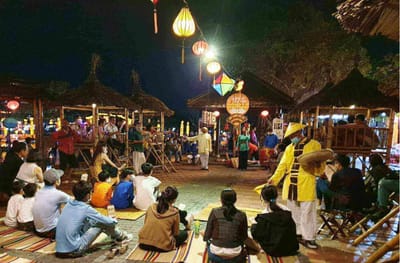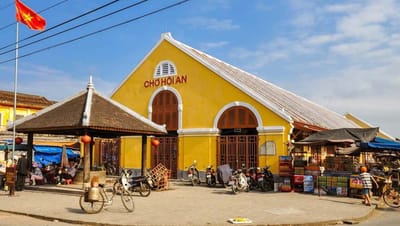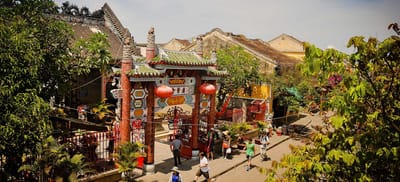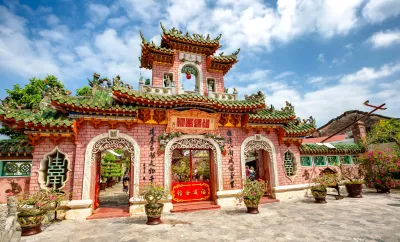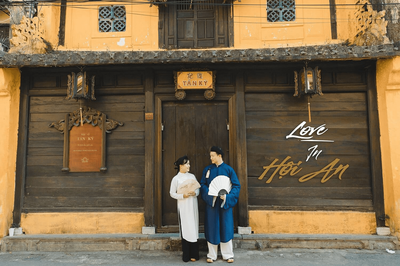Hoi An Craft Villages: Pottery, Carpentry & Farming Experiences
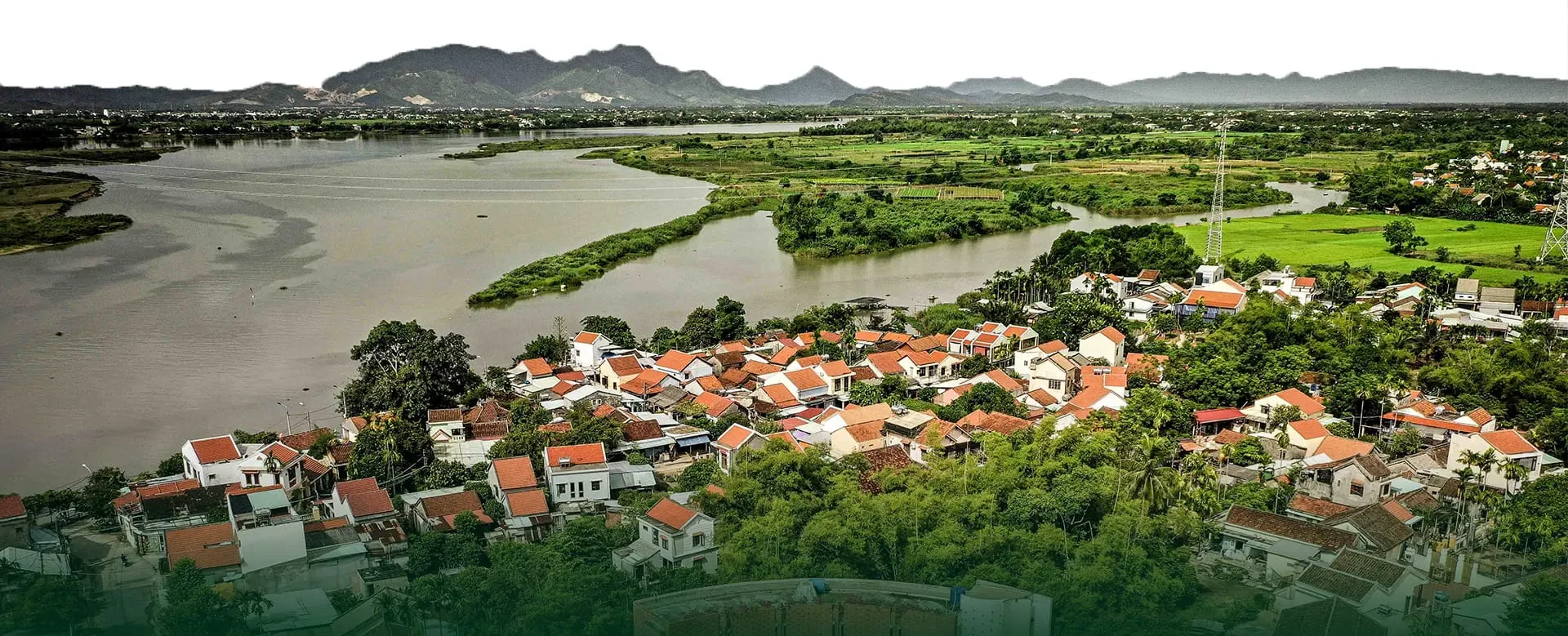
Executive Summary
Craft Village Essentials: Hoi An’s surrounding villages—Thanh Ha (pottery), Kim Bong (woodworking), and Tra Que (vegetable farming)—offer hands-on cultural experiences. Learn age-old techniques, participate in workshops, and support local artisans. Guided half-day tours or independent bike rides from the ancient town create authentic immersion outside heritage core.
Hoi An’s UNESCO heritage extends beyond its ancient town: nearby craft villages preserve traditional skills passed through generations. Understanding each village’s specialty and visitor opportunities transforms a day trip into meaningful cultural exchange.
1. Thanh Ha Pottery Village
History & Location
- Established: 15th century
- Location: 3 km west of ancient town via Cam Kim Island
- Specialty: Ceramics fired in wood-fueled kilns using local clay
Visitor Activities
- Pottery Workshop: Hands-on wheel-throwing sessions (100,000 VND/person, 30 minutes)
- Kiln Tour: See traditional dragon kilns, learn wood-firing process
- Glaze Demonstration: Natural plant-based glazes applied to wares
textKEY POINT: Book workshop in advance—village operates 8 AM–5 PM; peak hours 9 AM–11 AM when artisans are most available for instruction.
Buying Tips
Browse the showroom for functional pottery: bowls (150,000 VND), vases (300,000 VND+). Inspect kiln marks and glaze consistency to ensure authenticity.
[Link to: Hoi An Old Town Walking Routes to plan bike ride to Thanh Ha]
2. Kim Bong Carpentry Village
Heritage & Craft
- Foundation: 17th century woodworkers settled for river access
- Location: Cam Kim Island, adjacent to Thanh Ha
Experiences
- Carpentry Workshop: Carve simple models (boats, masks) under master guidance (150,000 VND/person, 45 minutes)
- Boat-Building Observation: Watch artisans shape sampans and traditional junks
- Wood-Carving Exhibit: Ancient and contemporary pieces on display
Purchase Advice
Quality wood carvings start at 200,000 VND for small statuettes. Verify joinery and wood grain (hardwoods like jackfruit or rosewood).
[Link to: Tan Ky Ancient House for architectural woodwork comparison]
3. Tra Que Vegetable Village
Agrarian Traditions
- Specialty: Organic herb and vegetable cultivation
- Location: 2 km north of ancient town
Hands-On Farming
- Farming Tour: Learn soil preparation, planting, and harvesting techniques (80,000 VND/person, 1 hour)
- Cooking Demonstration: Prepare herbal wraps and Vietnamese pancake (bánh xèo) with village produce
- Cyclo Ride: Short ride through vegetable fields
textTIP: Visit at 8:00 AM for planting activities; afternoon tours focus on harvest and cooking.
Farm-to-Table Lunch
Enjoy set menus featuring cao lầu noodles and herb salads grown onsite (150,000 VND/person).
[Link to: Floating Lanterns Experience for evening village return]
4. Combined Tour & Logistics
Tour Options
- Half-Day Guided Tour: Includes all three villages, lunch, and transport (600,000 VND)
- Self-Guided Bike Route: Rent bicycle (40,000 VND/day), follow Cam Kim loop, pay per activity
Timing
- Morning: Thanh Ha pottery (8 AM–10 AM), Kim Bong carpentry (10:30 AM–12 PM)
- Afternoon: Tra Que farming and lunch (1:00 PM–3:00 PM)
- Return: Ancient town by 4:00 PM for evening activities
5. Cultural Impact & Preservation
Supporting craft villages sustains local livelihoods and preserves traditional knowledge. Visitor fees fund community development, while respectful participation maintains authenticity.
Conclusion
Hoi An’s craft villages provide immersive cultural experiences that complement the ancient town’s heritage. Whether shaping clay in Thanh Ha, carving wood in Kim Bong, or tending herbs in Tra Que, visitors connect directly with local traditions. Incorporate a craft village tour into your Pillar 2 itinerary for a comprehensive understanding of Hoi An’s living cultural landscape.
[Link to: Hoi An UNESCO Heritage Complete Guide]
No spam, no sharing to third party. Only you and me.


